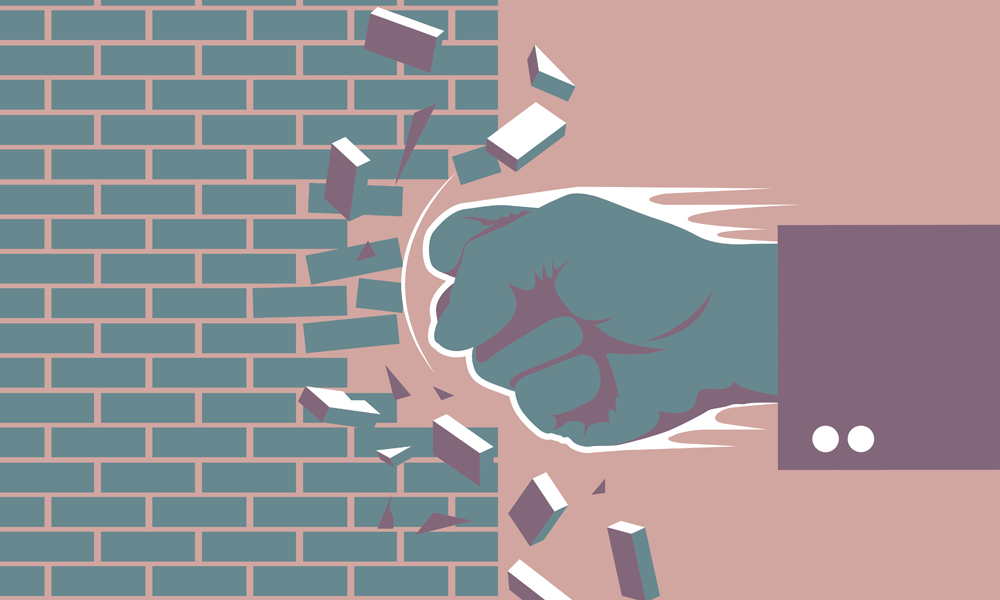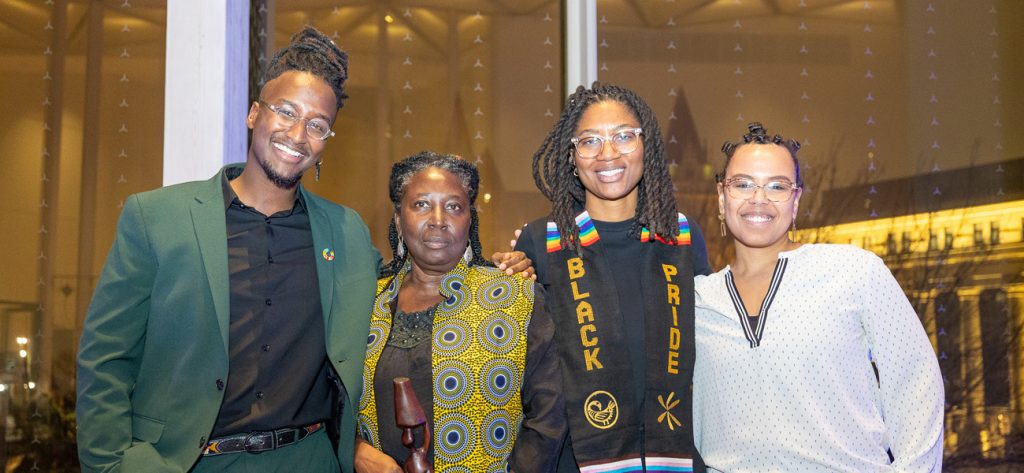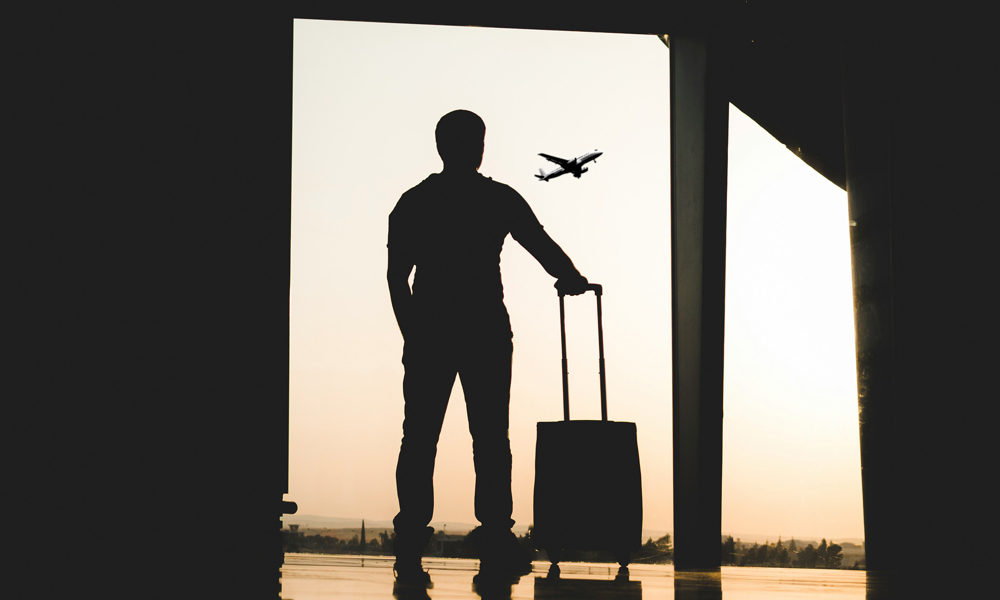Reaching the end of your rope is often the only way things can get better…
By Jumol Royes
What if falling apart wasn’t a bad thing?
I reached a personal breaking point recently when I started experiencing some pretty scary symptoms similar to those associated with the coronavirus. Upon my doctor’s advice, I went to a local assessment centre, got tested, and waited anxiously for a couple of days to get the results. They came back negative, thankfully; my doctor chalked it all up to stress and some other flu-like bug, and ordered me to rest, relax and reset. But I knew intuitively there had to be more to it than that.
Life has been overwhelming lately, and from talking to friends and colleagues and watching the news, I know I’m not alone in feeling this way.
On top of dealing with the pandemic and periods of social isolation, I’ve been processing some intense emotions as a gay Black man bearing witness to countless instances of bigotry and brutality both here at home and around the world. I also have two senior citizen parents who need constant support and tending to, challenges related to changes at my day job, freelance writing opportunities that I don’t want to miss out on, coursework to keep up with at the University of Toronto School of Continuing Studies, volunteer commitments that are very important to me and, in my almost non-existent free time, I try and incorporate some self-care. Add it all up and reaching a breaking point suddenly makes perfect sense.
The last few months have been punctuated by periods of outbreak and heartbreak. COVID-19 lifted the veil and forced us to confront unspeakable and uncomfortable truths we’ve been avoiding as a society. From the abhorrent conditions in some of our long-term care homes to the value we place on essential workers and everyday heroes like nurses, grocery store clerks, personal support workers and seasonal migrant workers, the way we’ve been doing things is more than a little bit broken. At the time of writing this, Canada had recorded 8,874 deaths related to COVID-19 since the start of the pandemic, according to the Government of Canada’s official website. Just let that number sit with you for a moment.
While COVID-19 lifted the veil, that veil was torn to shreds by the murder of George Floyd – an unarmed Black man – at the hands of police in Minneapolis. Watching the life literally being drained out of a man was more than any of us could bear, and it moved millions to take action and demand justice and accountability. If we look closely, we’ll realize that the systems and institutions that govern our society today are more than just broken; quite a few of them were built on foundations of anti-Black and anti-Indigenous racism. It’s hard to swallow the sad reality that they’re functioning exactly the way they were intended to…by design.
When something breaks, it’s usually viewed as frail, fragile, faulty or feeble. But what if we were able to discover the beauty in reconstructing what’s been broken?
The coronavirus has created what can best be described as a collective breakdown in our health, work, families, social networks and communities. Instead of staying stuck in breakdown mode, what if we decided to use the opportunity to seek breakthroughs and find new ways to relate to our bodies (by exploring more sustainable methods of food production), minds (by examining the content we create and consume) and souls (by expending less energy focused on our own egocentric needs and more energy on meeting the needs of the vulnerable and marginalized among us)? Doing that could transform how we interact with ourselves, the planet and each other.
It’s also safe to say that we’ve all felt our fair share of heartbreak and that we’ve been traumatized by recent acts of racial hatred and violence. Imagine what we could accomplish together if instead of being paralyzed by the heartbreak, we all gave our hearts permission to break open, responded with empathy and compassion, and took at least one real action to help bring about meaningful change?
The Japanese have a centuries-old art called Kintsugi or Kinsukuroi that I’m beyond enamoured with. It’s basically the art of putting broken pieces of pottery back together again by mending them with lacquer embellished with gold. Rather than discarding a broken object, the idea is to embrace its brokenness and hopefully create something more beautiful and valuable than that which existed before.
“Not only is there no attempt to hide the damage, but the repair is literally illuminated,” says Christy Bartlett in Flickwerk: The Aesthetics of Mended Japanese Ceramics.
Something has to break. That’s a given. But if it has to break, shouldn’t we do everything possible to ensure it breaks for the better?
—
JUMOL ROYES is a Toronto-based storyteller and communications strategist with a keen interest in personal development and transformation and a love of all things Real Housewives. Follow him on Twitter at @Jumol and on Instagram at @jumolroyes.







POST A COMMENT